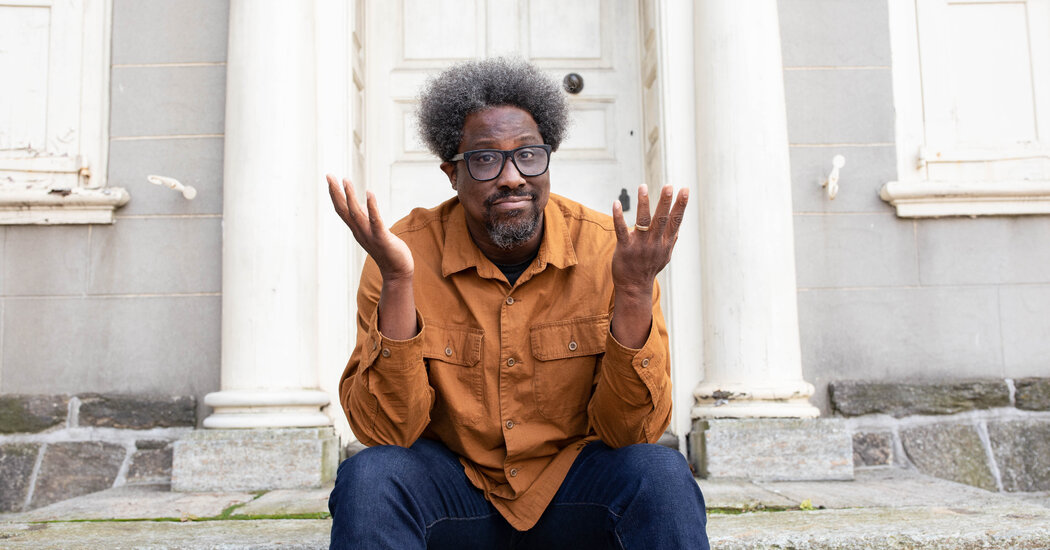
Appreciating art, especially narrative art, requires a moral sensibility. It’s what allows you to distinguish good behavior from bad, to orient yourself in a fictional world’s moral universe. And we live in a moralistic time, when many audiences don’t want to see daylight between the text of a work and the beliefs of its creator.
So it’s tempting to believe that only good people create good art — and to be disturbed that you, a good person, have connected in some way with the creation of someone who turns out to be a monster. Who wants to be a sucker, a victim, an accomplice?
It may be even more disturbing to acknowledge not only that a bad person created a great work but also that the work can’t be neatly isolated from the creator’s worst aspects. We each harbor within us good and bad impulses, which hopefully most of us master in favor of good, but which every artist, however moral or immoral, draws on to create.
This messy, unsatisfying reality plays out in a damning recent New York magazine story on the TV creator and film director Joss Whedon. Like Cosby, Whedon benefited from a righteous public image — in his case, as a feminist and thoughtful nerd whose enlightenment elevated his pulp-literate creations, especially “Buffy the Vampire Slayer.” That image collapsed in recent years amid accusations that he treated actors cruelly on set, had affairs with employees and used his persona as a shield. (Whedon has disputed some of the charges.)
Though Whedon seems to participate in the article as damage control, he does himself few favors. The interviewer, Lila Shapiro, hands him the stake and he does the rest. Asked about his affairs on the “Buffy” set, “he quickly added that he had felt he ‘had’ to sleep with them, that he was ‘powerless’ to resist.”
But Whedon’s bad allyhood and rationalizations are only part of the story. Shapiro also writes insightfully about the “Buffy” fans who, whatever their idol’s hypocrisy, were genuinely thrilled, inspired and given a witty voice by the show’s outcast heroes. Some of them have tried to adjust to what they now know about Whedon by adjusting their view of his work:
Over the last year, some of his fans have tried to scrub him out too, erasing him from their narratives about what made “Buffy” great. In posts and essays, they have downplayed his role in the show’s development, pointing out that many people, including many women, were critically important to its success. It may be hard to accept that Whedon could have understood the pain of a character like Buffy, a woman who endures infidelity, attempted rape and endless violence. But the belief that her story was something other than a projection of his psyche is ultimately just another fantasy. Whedon did understand pain — his own. Some of that pain, as he once put it to me, “spilled over” into the people around him. And some of it was channeled into his art.
“Buffy” was always a collaborative work, of course; nearly all TV is. But it didn’t suddenly become more collaborative because we needed it to be. Which leaves a disappointed fan with a dilemma: How to sit with what you felt once and what you know now, with how an artwork moved you and how reality appalled you, without diminishing either to make room for the other.



